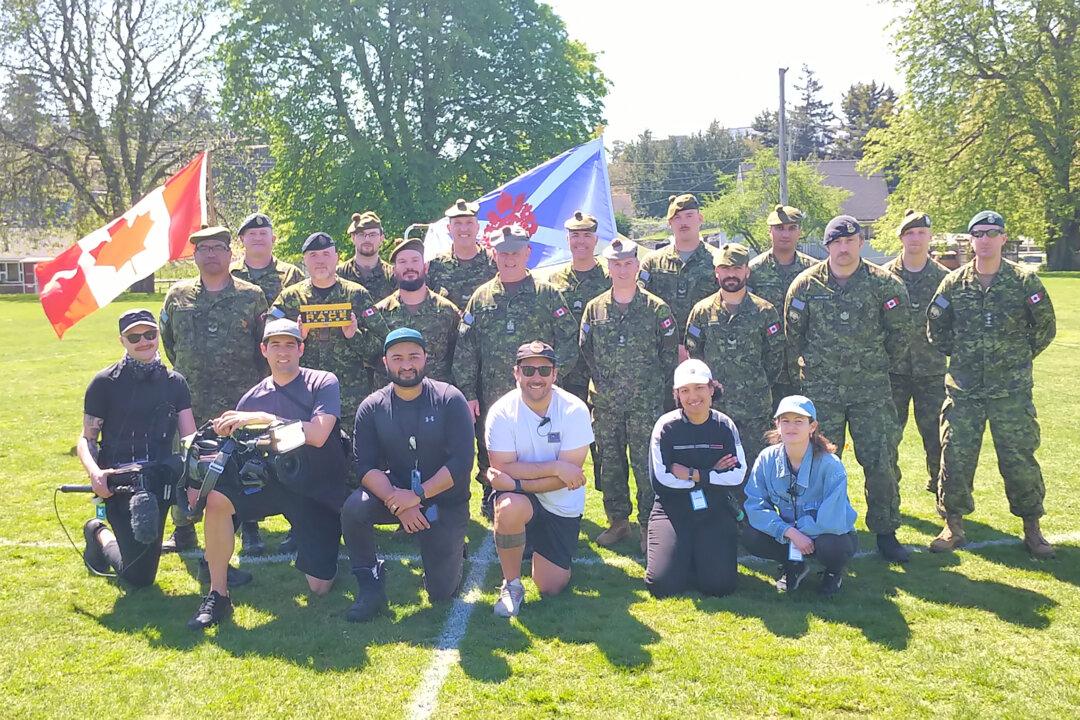A group of soldiers from the army reserve unit in Victoria, B.C., played a prominent role in an upcoming episode of “The Amazing Race Canada,” set to air on July 25.
Episode four of season nine of the popular reality TV show was filmed with the participation of the Canadian Scottish Regiment, an infantry unit in the Army Reserve of the Canadian Armed Forces (CAF) based out of downtown Victoria on Vancouver Island.





